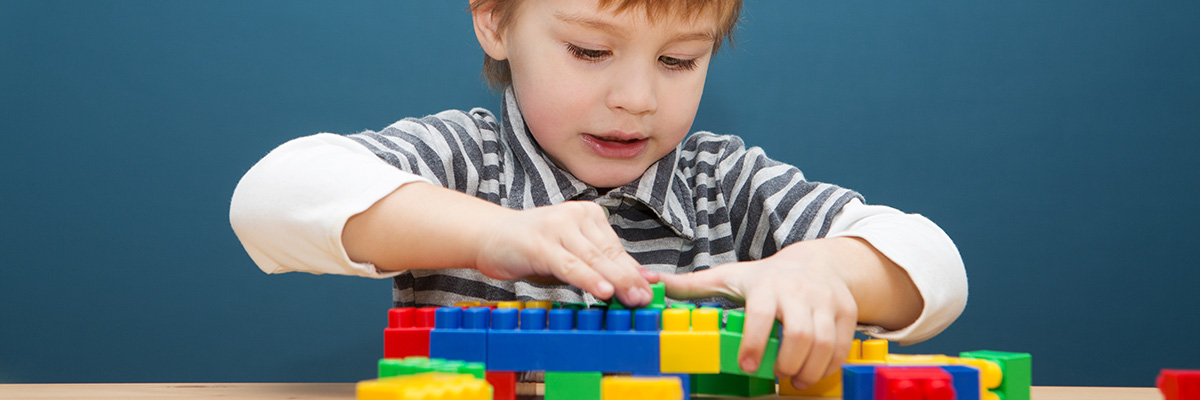
What most people see as a toy can be a lot more than that. In fact, if you’re the parent of a child with autism, LEGO blocks could be one of the more useful assets in your toolbox. That’s because these blocks give you a way to have fun with your child while also encouraging their development.
The draw of LEGOs
Kids with autism generally like structure and rules. LEGOs provide that. They fit together a certain way. They’re predictable. While the possibilities of what you can build are endless, the foundation for that building is easy to grasp.
Here, we’re talking about the traditional LEGOs you probably picture when you think about this toy: the square or rectangular blocks that can stack on top of one another. The LEGO brand has come a long way since the blocks of yore and they now make some pretty complicated sets and kits. If you discover that your child with autism really likes LEGOs, you can work your way up to the sets with more unusual pieces. To start, though, traditional LEGO blocks are generally best.
Using LEGOs at home
Having a basic LEGO set at home can provide you and your child with a wealth of opportunities for enjoyable, developmental time together.
To help you get started, here are a few options.
- Sort the LEGOs. Dump all of the LEGOs out on the floor. With your child, decide how you’re going to sort them. Sorting by color can be an easy place to start, but you could also sort by size or the number of studs on top. Then, sit together and sort all of the blocks into the appropriate piles. You may want to create an index card to put in front of each pile to label it, making it clear what should go in the pile. If your child can’t yet read, use visual cues (e.g., color the card or draw the number of studs).
- Follow instructions. Set up a simple outline for your child. This could be something like: “Build something using three blue blocks, four red blocks, and two green blocks.” As they learn the ropes, you can make things more complex, potentially giving instructions on color, size, and number of studs.
- Sibling play. Each of the above games could include your other children, as could a free-play LEGO session. Since LEGOs are easy to use but can be scaled up based on the child’s interest and ability, each of your children can do what’s right for them while still playing together.
- Build while you talk. Some kids with autism find it more comfortable to hold a conversation while doing another activity. This prevents them from needing to make eye contact, which can feel uncomfortable, and can “fill” gaps in a conversation as they process. Once your child gets used to playing with LEGOs, consider using this play time as an opportunity to foster conversation between the two of you.
If you’ve been looking for a tool to support development at home, LEGOs can deliver. Start simple so your child doesn’t get overwhelmed. If they like the LEGOs, you can add more complexity — both in the things you do with the blocks and in the LEGO sets you buy.
LEGO play at home can complement the combined learning-playing we do here at Stride Autism Centers. To learn more about our ABA therapy-based program for children with autism, get in touch.





